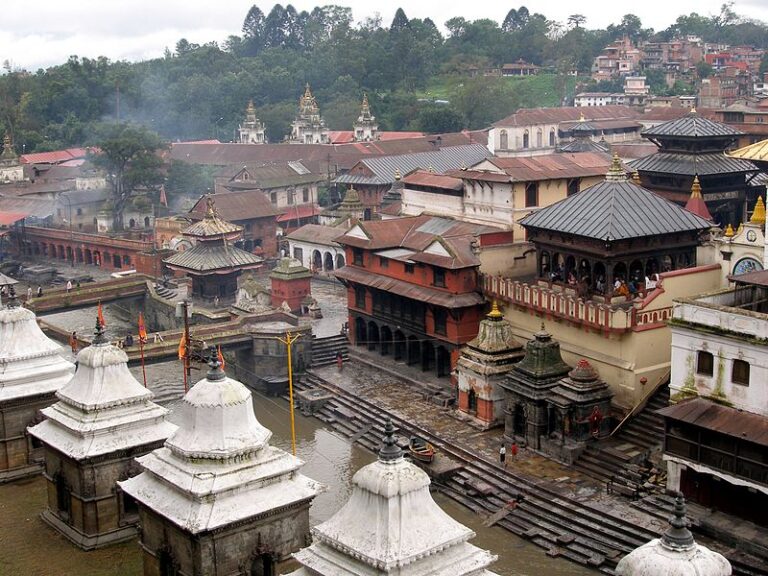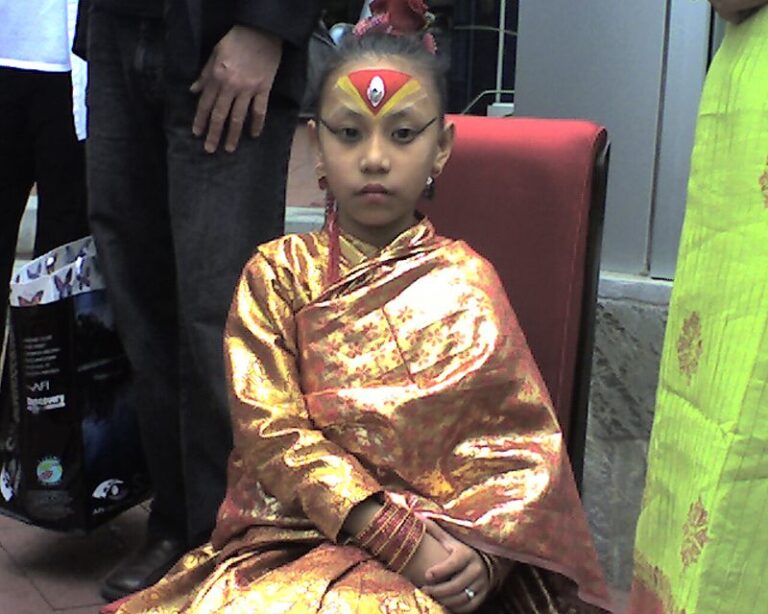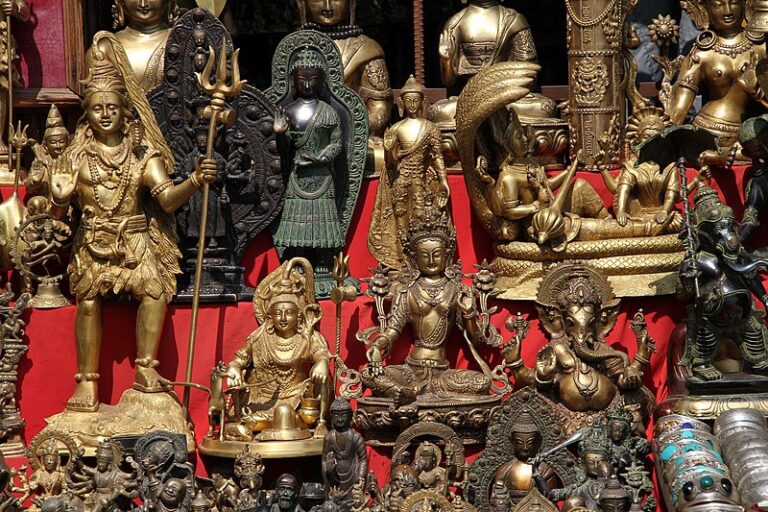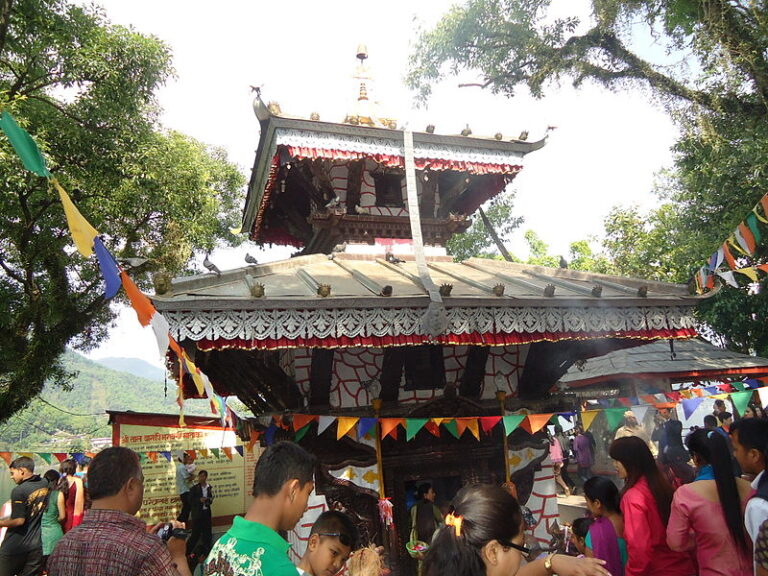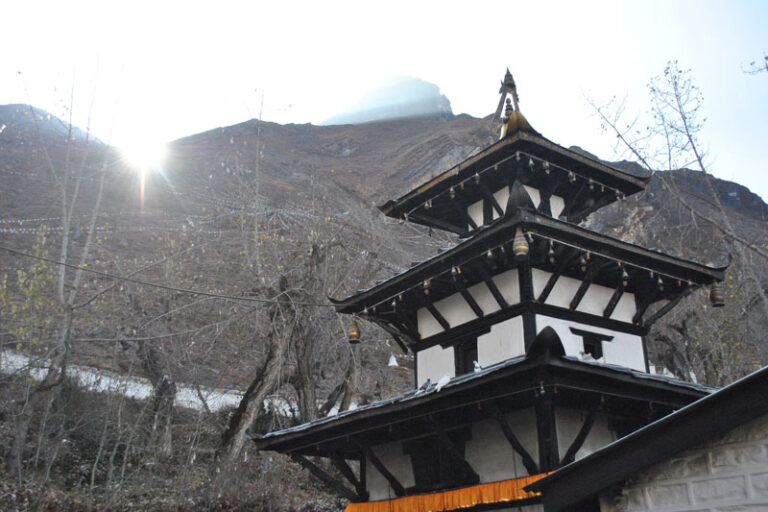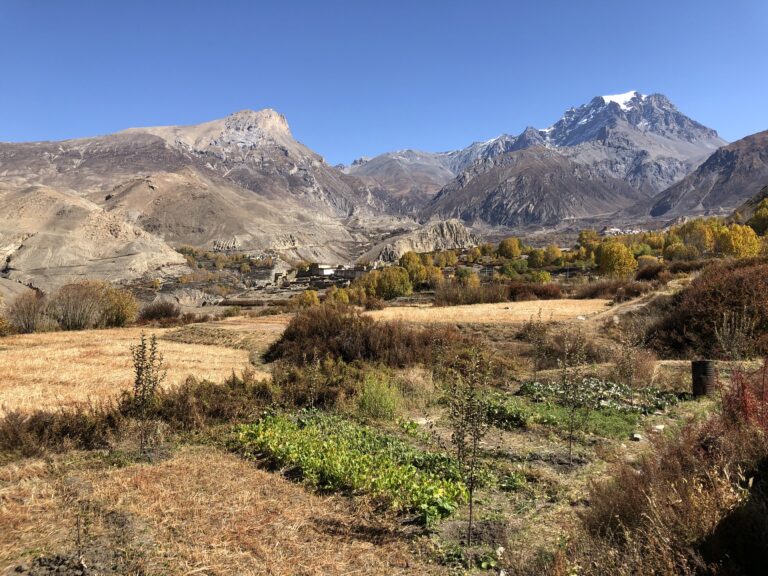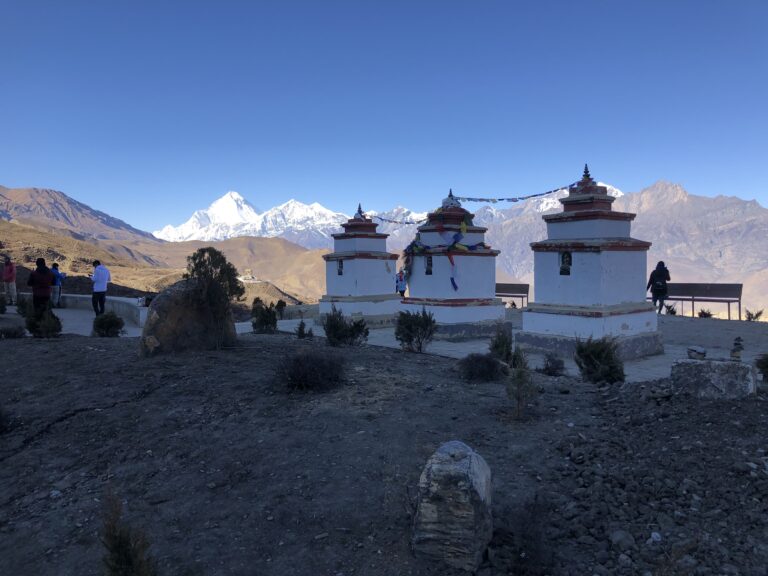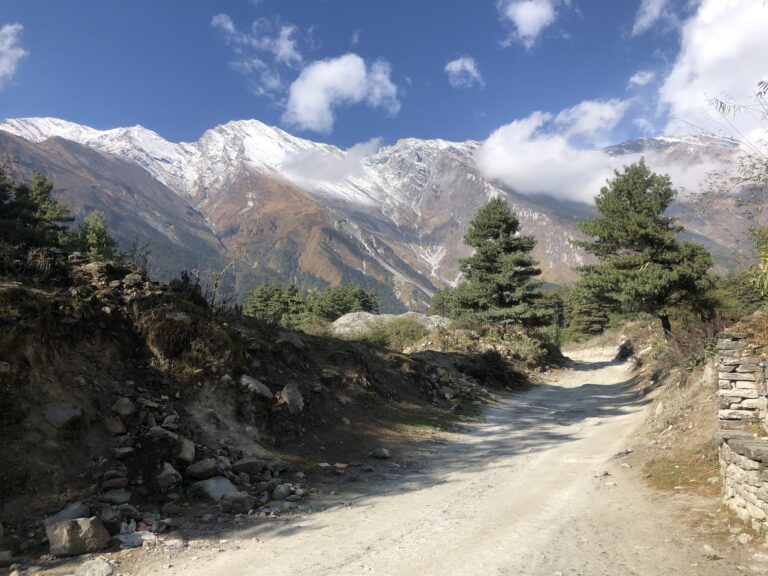Day 01 – Arrival and escort you to the hotel – On your arrival date in the Kathmandu airport, you will be received by our representative and he or she escort you to hotel. your hotel will be reserved in Thamel which is the main tourist hub of Nepal and located center of Kathmandu city.
Day 02 – Exploration of Hindu temples in Kathmandu city – ou will explore the Pashupatinath Hindu temple, Guheswari temple, Kumari Ghar(Where the living goddess living), and Swayambhunath temple which is also known as Monkey temple due to moving hundreds of Monkeys around the temple compound.
Day 03 – Transfer to Pokhara – 6 hours drive – Today you will be transfer to Pokhara which is 209 kilometers far from Kathmandu city and the Jeep takes about 6 hours. During the driving period, you will see chams landscapes, River valley, dozens of villages and as well as massif view of Ganesh Himal, Manaslu and Annapurna mountain ranges. After checking in the hotel in Pokhara you will do evening walk beside the Phewa Lake and spend overnight in Pokhara.
Day 04 – Exploration of Pokhara – After breakfast in Pokhara, you will visit a beautiful temple called Tall barahi which is built in the small Ireland locating on the surface of Phewa Lake. later than, you will cross Phewa Lake by boat to go World peace pagoda that commands you to see an alluring view of All Annapurna, Dhaulagiri, and Manaslu ranges. From here; you will drive approximately 40 minutes to get Bindhyabasi temple which is located nearby the main Shopping area of local people. After the exploration of these temples you will return to hotel and sleep one overnight in Pokhara.
Day 05 – Fly to Jomsom and exploration oof Marpha village – The 30 minutes scenic flight bring us to Jomsom which is also known as Lower mustang. During the flight you will see panoramic mountain views, especially very close view of Dhaulagiri and its huge glaciers. After checking in hotel, you will walk about one and a half hours to explore Marpha, a beautiful village of Thakali people. Marpha village offers you to visit Apple brandy brewery and to have Apple cramble, Apple pie and cyder. After lunch in Farma you will return to Jomsom and stay one overnight.
Day 06 – Drive to Ranipauwa village via Kagbeni- Jhong and Putak – You will drive approximately three hours to reach Ranipauwa village which is also known as Muktinath. After 35 minutes of drive you will be in the Kagbeni village which is ancient settlement of Tibetan people and offers to explore very old monastery and ruin houses, made of stones, wooden log and mud. From here, you will take gravel road on the deserted land pass by Jhong, Putak and Chyongkar village to get Ranipauwa village.
Day 07 – Visit Muktinath temple and drive back to Jomsom – You will wake up with sound of ringing bells in Muktinath temple which is located top of the village and bottom of the hill. In the compound of Muktinath temple you will see 108 taps, hanging hundreds of bell, a small monastery, flaming natural gas, some beautiful Chhortens and a small pool which is imagination of holi Ganga river. Muktinath means free from sin or Nirvana, The Hindu people believed that when they take a bath from 108 tapes and after crossed the holy pool they will be free from their sin that they did in the past. After exploration of Muktinath temple, you will drive back to Jomsom via Jharkot village.
Day 08 – Fly from Jomsom to Pokhara, Pokhara to Kathmandu and transfer to hotel – You will take twin ottar flight from Jomsom to Pokhara that may takes 30 minutes then you can decide yourself that you want to stay one overnight in Pokhara or after short transit in Pokhara fly back to Kathmandu, will depend on your holiday frame.
Day 09 – Fly back to homeland – After sucefull trip, you will fly back to your home with great experience of Nepalese culture, urban and rural live of Nepalese, mountain views and exploration of Hindu temple that make you a storyteller among your friends, family and colleeges.
